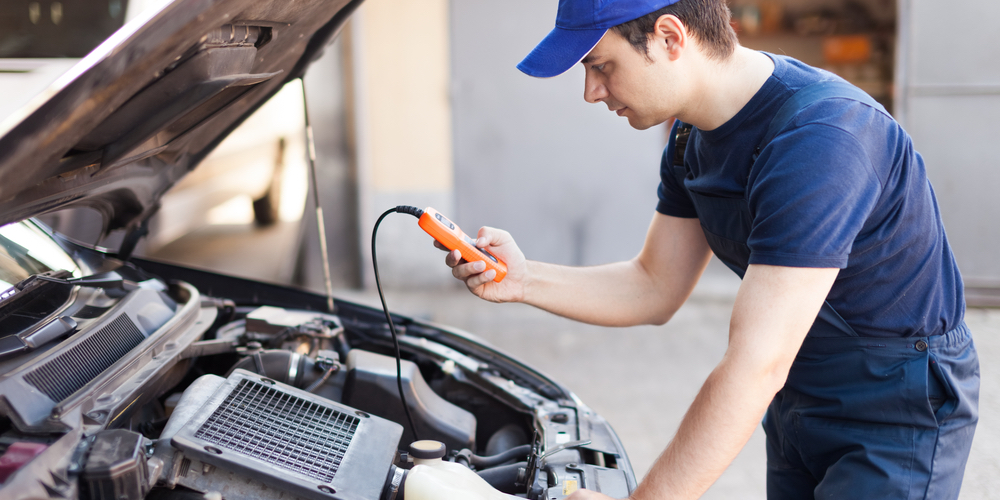Your vehicles evaporative emissions control (EVAP) system migrates fuel vapor from the gas tank and fuel filler neck, and sends it to the engine to be burned off. When the pressure inside of the fuel tank is too high, P0453, is thrown and the check engine light comes on.
By itself, P0453 is not a breakdown risk. The EVAP system is responsible for migrating fuel vapor. Whether it is doing that or not, has no effect on the way your engine runs. Although, we are not endorsing ignoring this code.

The EVAP system is not always working. It uses a purge valve to open and close the system to release fuel vapor into the engine to be burned off.
The fuel tank pressure sensor is what detects that the pressure in the system is too high. Once it does, P0453 is thrown. The fuel tank pressure sensor is typically on the top of the gas tank, fuel pump, or fuel level sending unit.
The opposite of this code is P0452, which is thrown whenever the system pressure is too low.
Symptoms

Typically, there are no symptoms associated with this code. The check engine light will illuminate (that’s why you’re here).
The only thing that you may notice is the smell of fuel. If the EVAP system is not properly purging the fuel vapor, it may find other ways to escape.
Causes
Here are the more common causes of P0453:
- Charcoal canister (vent valve or clogged)
- Damaged fuel tank pressure sensor (sensor itself or the wiring)
- Damaged Fuel Tank
- PCM/ECM
Diagnosis
Diagnosing P0453 can be challenging if you don’t have a scan tool that is capable of reading the fuel pressure sensor data.
What You can Do at Home
- If you happen to notice the sound of air escaping when you open the fuel tank, that is a telltale sign that the vent valve is bad, or the charcoal canister is bad(it’s pressure leaving the gas tank). After driving for a while, open the gas cap somewhere quiet. It’s hard to notice the sound when you’re at a noisy gas station.
- Check the wiring to the fuel tank pressure sensor and see if it looks frayed or damaged in any way. If it isn’t then the only way to really diagnose it is with a professional mechanic’s scanner. Even this is challenging, since you often need to drop the tank to even look at it.
What a Mechanic Will Do
- A mechanic will capture the fuel pressure sensor data, to see if it is detecting vacuum in the fuel tank.
- They will also command the vent valve to open and close. Depending on the model and year of vehicle in question, you can hear this happening with the engine off.
If the fuel tank pressure data is out of spec, a mechanic will inspect the wiring going to the fuel pressure sensor. If that checks out, the fuel pressure sensor will need replacement.
If the vent valve comes on, and the pressure sensor is fine, then the charcoal canister will need replacement.
If the vent valve doesn’t come on, it will need replacement in order to clear P0453.
P0453 Conclusion
That’s pretty much it. While there are only a couple of common things that’ll cause P0453, there it can be tough to diagnose it without the right equipment.
